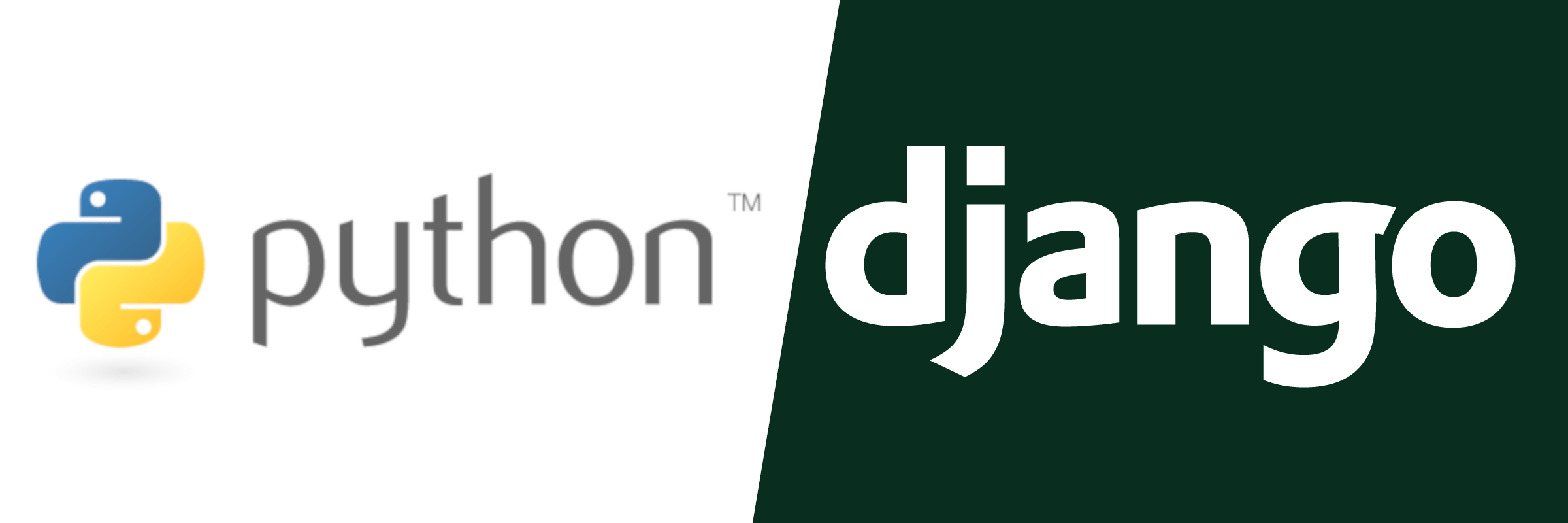Notes
In this episode, we did some Django model development. I created a new model to track break days in a school year. This model will be critical to fill in vacations and holidays so that the scheduling functionality works properly. I added the model, the tests, the admin page, and the create view to create break days in the app.
We started by picking a model name
and discussing naming in programming.
I used test-driven development (TDD)
to build the model
that I named SchoolBreak.
We created a model factory
to build out the full model class.
I added attributes for the day, a description,
a foreign key to a SchoolYear,
and a UUID.
After working on the model,
I started working on the CRUD interfaces
for the SchoolBreak.
We created a button to get to the create page
on the school year page.
Once the button was complete,
I added a SchoolBreakCreateView
that followed a very similar pattern
as the GradeLevelCreateView.
We worked through all the tests
to ensure that the new view behaves properly.
Finally, I made a Django admin so I could view school breaks. With the admin in place, I could use the create view and verify that I created an actual break record in the database.
On future streams, we will work on hooking up the remaining parts of CRUD and add the ability to read, update, and delete school breaks.
